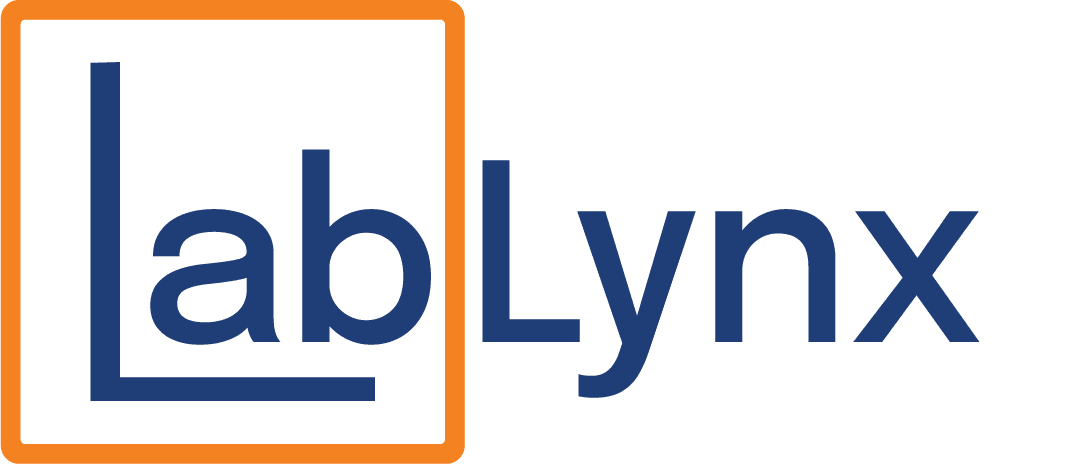This brief topical article will examine the informatics needs of the medical microbiology lab, specifically addressing the base set of laboratory information management system (LIMS) or laboratory information system (LIS) functionality (i.e., system requirements) that is critical to fulfilling the information management and workflow requirements of this type of lab.…
FAQs About LIMS
You’ve explored the LabLynx website, but you still have some LIMS questions. To help you navigate our frequently asked questions page, just click on the links below to find the answers you need.


What are economic considerations and justifications for a LIMS?
Implementing a Laboratory Information Management System (LIMS) is a transformative process that extends far beyond a simple app or software download. It represents a fundamental shift in how laboratory operations are conducted and managed. Every aspect of the lab’s functioning is touched upon, necessitating careful planning, execution, and adaptation. While…

Does the LabLynx ELab LIMS offer automatic and customizable reporting?
Manual reporting can be time-consuming, especially in laboratories with high data volumes or frequent reporting requirements. While this manual approach to reporting is possible, a LIMS (Laboratory Information Management System) with automatic and customizable reporting features offers several benefits. Manual reporting often necessitates dedicated lab personnel to perform the various…
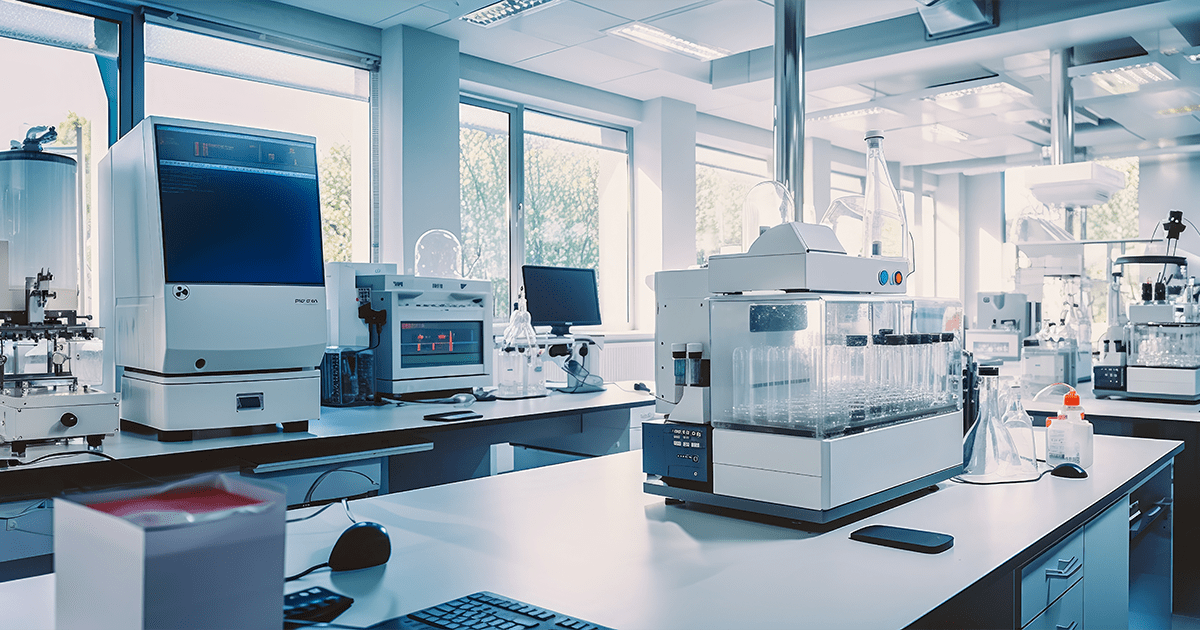
Can the LabLynx ELab LIMS be integrated with any lab instrument?
Instrument integration with a Laboratory Information Management System (LIMS) offers numerous benefits but can present challenges, particularly with older or specialized instruments. In principle, most laboratory instruments can be integrated with a LIMS to some extent, but the feasibility and ease of integration can vary significantly depending on several factors…
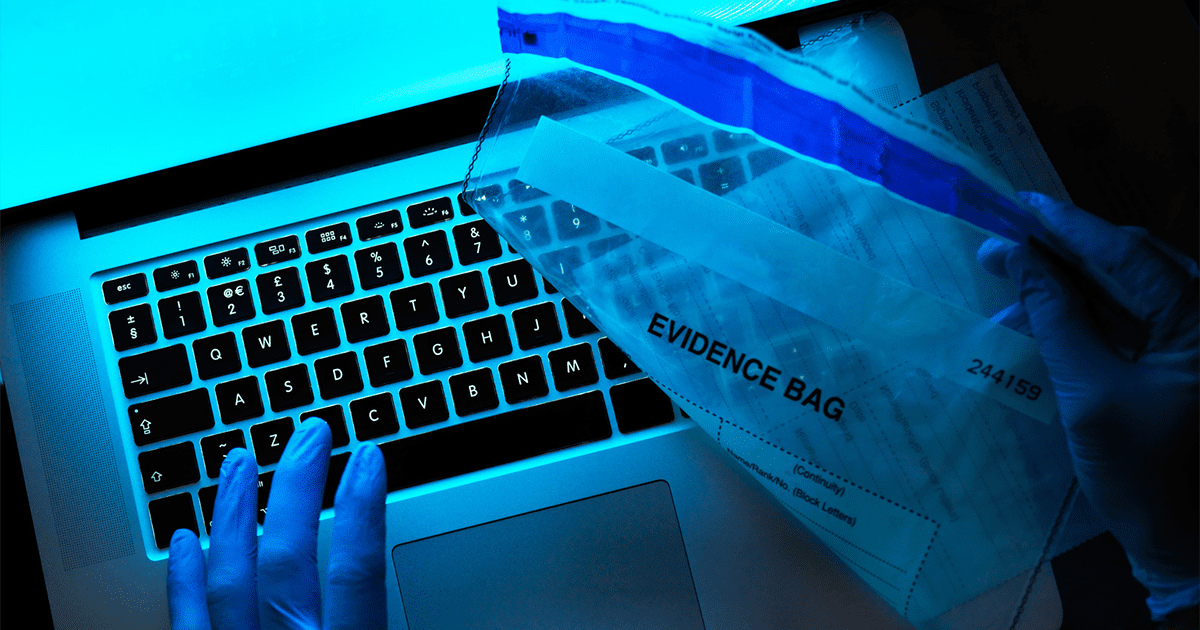
What are the key elements of a LIMS for forensics and medical examiners?
A forensics and medical examiners lab may analyze anything from body fluids and bone fragments to metals and fire debris as part of their broad commitment to answering questions of interest to a legal system. These laboratory-based investigations see forensic scientists collect, preserve, and analyze these types of samples (i.e., evidence) using a variety of…

Can investing in a LIMS provide a competitive edge?
A laboratory information management system (LIMS) is an essential step towards unleashing the full potential of your laboratory, not a luxury. From streamlining processes and ensuring regulatory compliance to empowering collaboration and unlocking valuable insights, a LIMS opens a world of possibilities that propels your lab to new heights of…
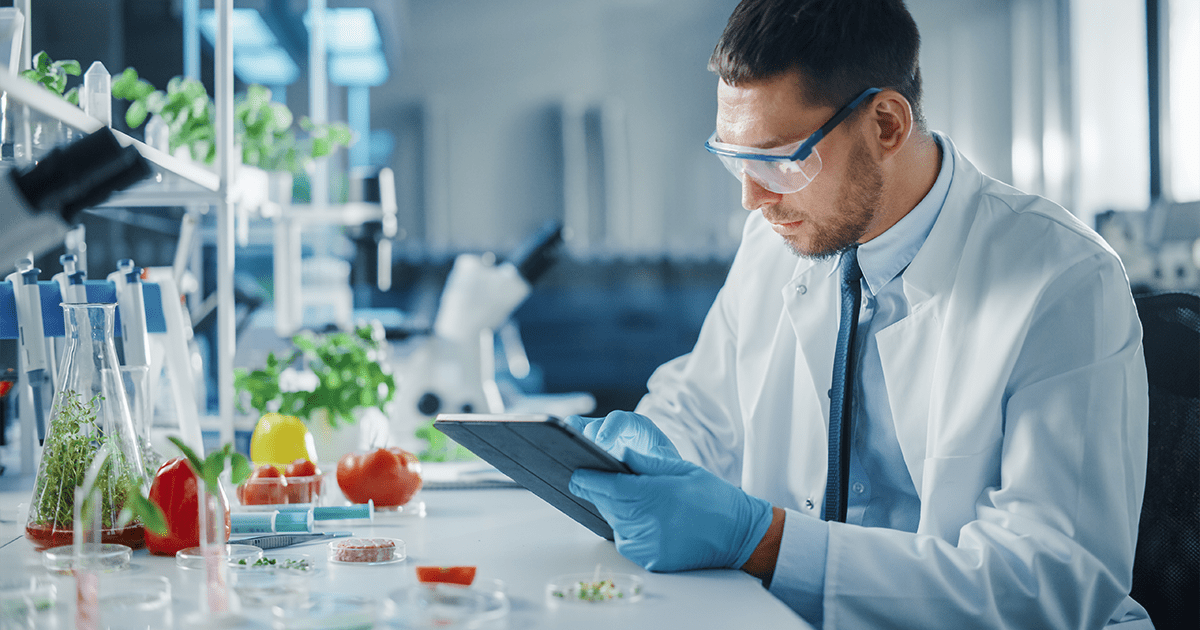
How does a food and beverage laboratory LIMS handle incident management and corrective action?
Quality and safety are ideally major priorities for any food and beverage manufacturer. However, despite every best effort to maintain such safety and quality, incidents and near-misses can and do happen from time to time. This requires the manufacturer to quickly be able to not only identify the incident or near-miss,…

Why Should You Upgrade Your LIMS?
In the dynamic landscape of laboratory management, staying ahead of the curve is paramount. As technology advances and regulatory requirements evolve, laboratories must adapt to ensure efficiency, compliance, and optimal performance. One critical aspect of this adaptation is the replacement of outdated Laboratory Information Management Systems (LIMS) with modern, feature-rich…

Why is it important for a LIMS to be scalable?
Laboratories across various industries increasingly rely on laboratory information management systems (LIMS) to streamline operations, manage data effectively, and ensure compliance with regulatory standards. One crucial aspect to consider when selecting LIMS software is scalability. A scalable LIMS provides the flexibility, performance, and adaptability necessary for laboratories to meet the…
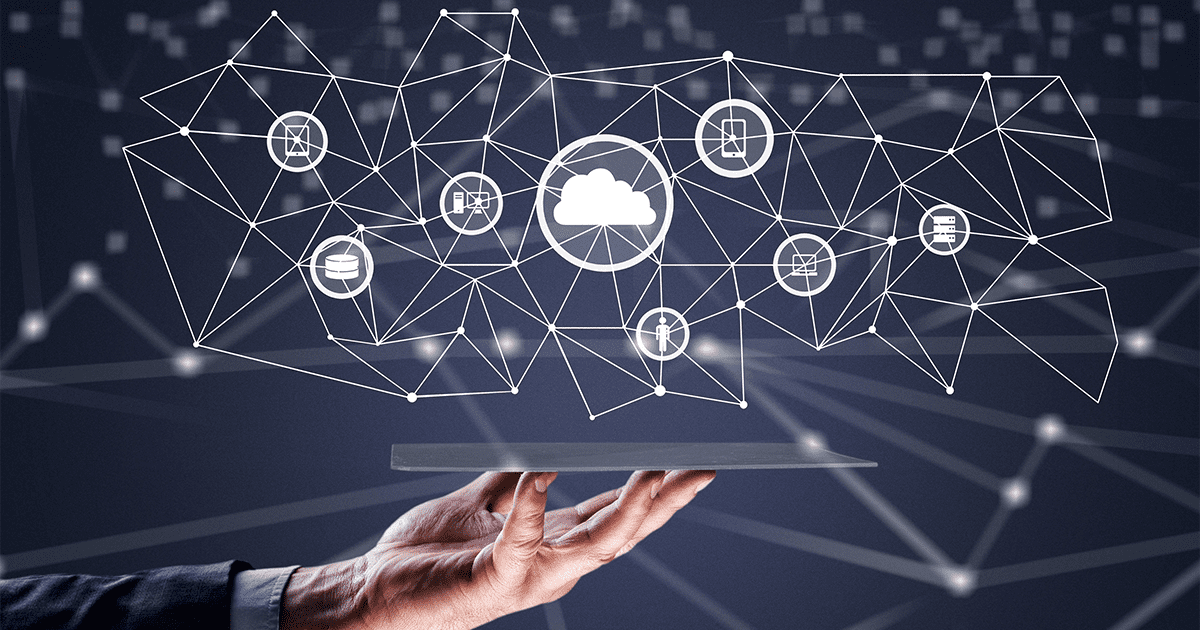
What role does interoperability and systems integration play in the laboratory, and why is this important to address?
When one hears the word “interoperability” in the laboratory context, the clinical setting is usually thought of. However, interoperability and system integration is important to more than clinical diagnostic laboratories; most any modern electronic-based laboratory can benefit from addressing it. This becomes increasingly true as more information management solutions emerge, and as more data and information silos…
